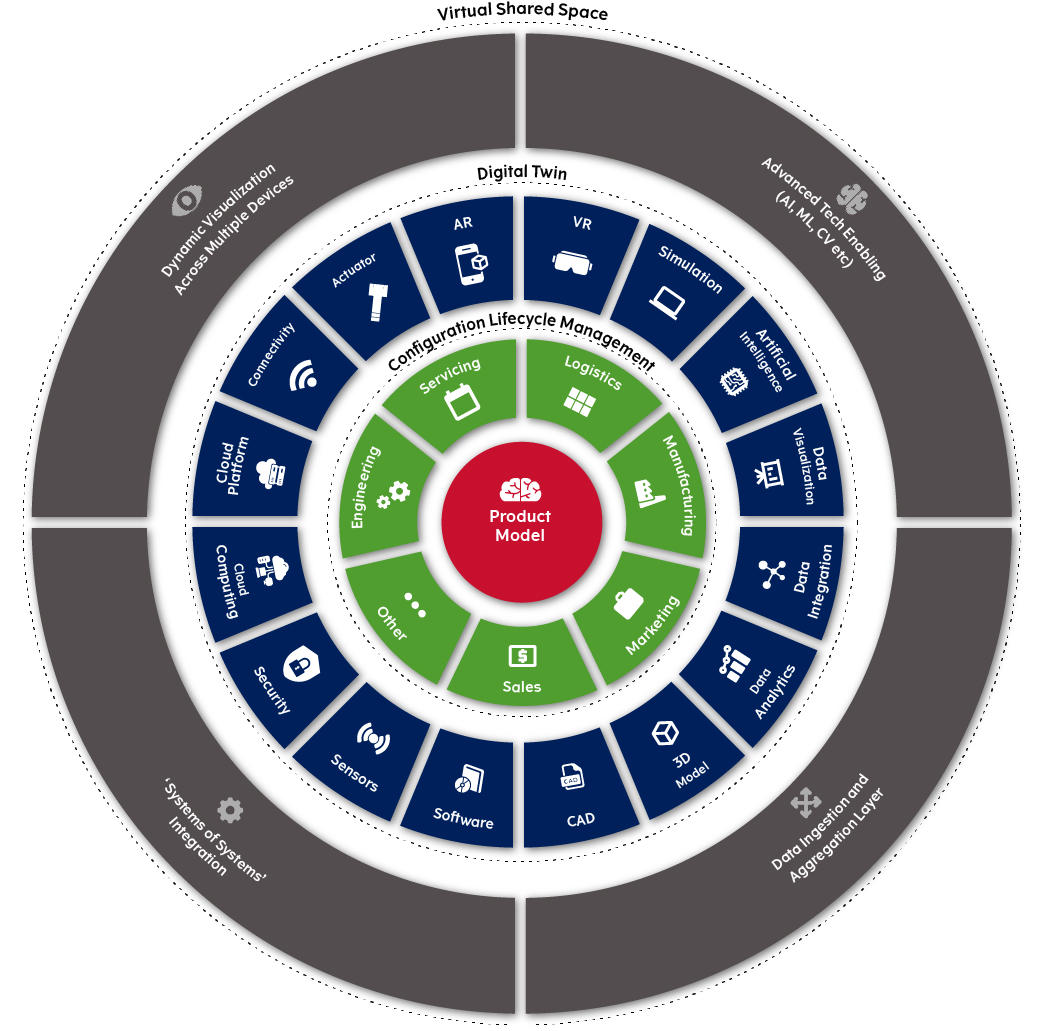Faster innovation, fewer iterations, 3D visualization
Configit unifies functions and data into a cohesive, streamlined, accessible single source of truth for complex product configurations. Together, Unity and Configit accelerate innovation and reduce iterations, enabling an immersive 3D experience for customers.


Advanced visual configuration
Via Virtual Tabulation® technology, every business function that touches configurable products is aligned to a single source of configuration truth, so companies can define a master set of configuration data and rules for use across the enterprise.
Frequently asked questions
Configuration Lifecycle Management aligns every business function that touches configured products – from engineering and sales, to manufacturing and service – to one single source of configuration truth.
Virtual Tabulation® is the only configuration technology that compiles every possible product configuration within your entire product portfolio. Virtual Tabulation® takes these millions of product combinations and compresses them into a compact, portable file. Because all calculations have already been performed, selections made during the configuration process are simply look-ups, rather than recalculations. The result is faster quotes, more sales and zero errors.
Manufacturers often struggle to manage product modeling configuration rules due to volume, constraints and complexity in general. By placing the product configuration data at the heart of the enterprise and aligning it across the enterprise to create a single source of truth, businesses respond faster to change by deploying fast, accurate product configuration data to every relevant business function.
Configuration Lifecycle Management (CLM) is a powerful set of tools that enhances your existing product lifecycle management (PLM) to manage the complexity in defining, managing, and analyzing product configuration rules at scale. CLM reduces modeling time by 95%, enables you to manage more products with the same resources (90% less effort) and smooths the transition from Engineer-to-Order to Configure-to-Order manufacturing – with fewer manual processes and no errors.